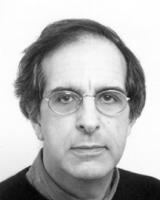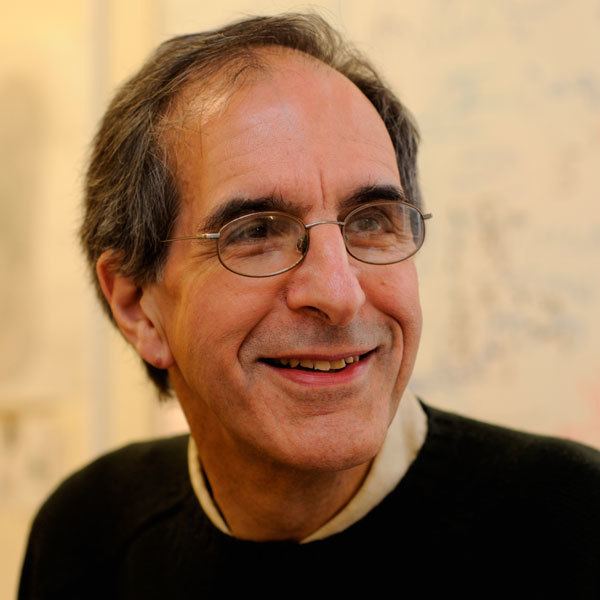Name Cyrus Chothia | ||
 | ||
Born Cyrus Homi Chothia February 19, 1942 (age 83) ( 1942-02-19 ) Institutions Birkbeck CollegeWeizmann Institute of ScienceInstitut PasteurDurham UniversityUniversity of CambridgeLaboratory of Molecular Biology Thesis The crystal structures of some molecules active at cholinergic nerve receptors (1973) Doctoral students Bissan Al-LazikaniGoga ApicSamantha BarreMatthew BashtonAlex BatemanDan BolserMichael BremangSteven BrennerBernard de BonoEmma Ganley (nee Hill)Mark GersteinJulian GoughMartin MaderaSiarhei MaslauSusan MillerJong Park (aka Jong Bhak)Rajkumar SasidharanSarah TeichmannChristine Vogel Notable students Steven E. Brenner, Mark Bender Gerstein Similar People Steven E Brenner, Sarah Teichmann, Mark Bender Gerstein, Linus Pauling | ||
Doctoral advisor Peter J. Pauling | ||
Cyrus chothia 2015 dan david prize laureate
Cyrus Homi Chothia (b. 19 February 1942) FRS is an emeritus scientist at the Medical Research Council (MRC) Laboratory of Molecular Biology (LMB) and emeritus fellow of Wolfson College, Cambridge.
Contents

Education
Chothia was educated at Alleyn's School, then went to study at Durham University graduating with a Bachelor of Science degree in 1965. Chothia then completed a Master of Science degree at Birkbeck College in 1967 and a PhD from University College London under the supervision of Peter Pauling, the son of Linus Pauling.
Research
After his PhD Chothia worked in the Laboratory of Molecular Biology (LMB) for three years. He then worked with Michael Levitt at the Weizmann Institute of Science followed by two years with Joel Janin at the Institut Pasteur in Paris.
In 1976 Chothia returned to England to work at University College London and the LMB. With Arthur Lesk he showed that proteins adapt to mutations by changes in structure.
In 1992 he proposed that most proteins are built of domains that come from a small number of families. He collaborated with Alexey Murzin, Steven Brenner and Tim Hubbard to create the Structural Classification of Proteins (SCOP) database, a periodic table for all known protein structures. With Julian Gough he created the SUPERFAMILY database which uses Hidden Markov models to identify protein sequences that are related to those of known structures.
During his career, Chothia supervised 19 PhD students including Alex Bateman, Steven E. Brenner, Mark Bender Gerstein, Julian Gough and Sarah Teichmann.
Awards and honours
Chothia was elected a Fellow of the Royal Society in 2000. His certificate of election and candidature reads:
In 2015, Chothia was elected a Fellow of the International Society for Computational Biology (ISCB) and was selected to receive the ISCB Accomplishment by a Senior Scientist Award in honour of his work in using computational methods to understand protein structure.
Alongside David Haussler and Michael Waterman, Chothia was awarded the 2015 Dan David Prize for his contributions to the field of bioinformatics.
